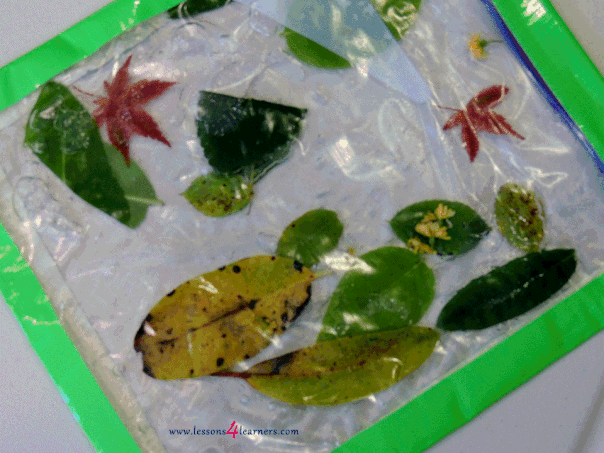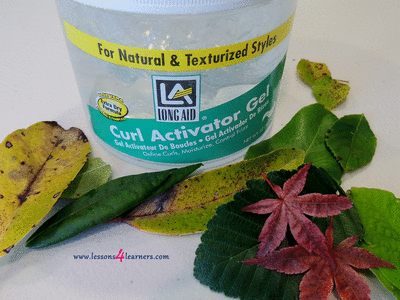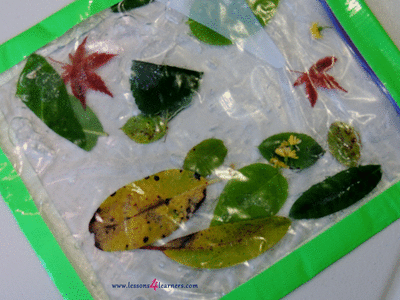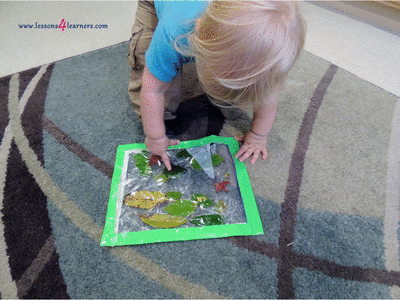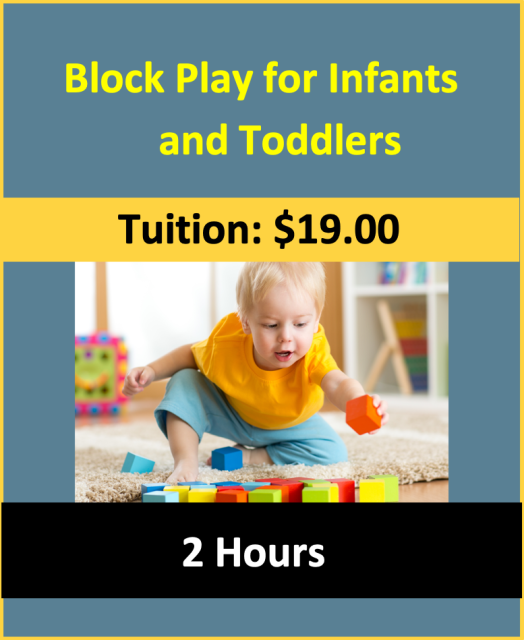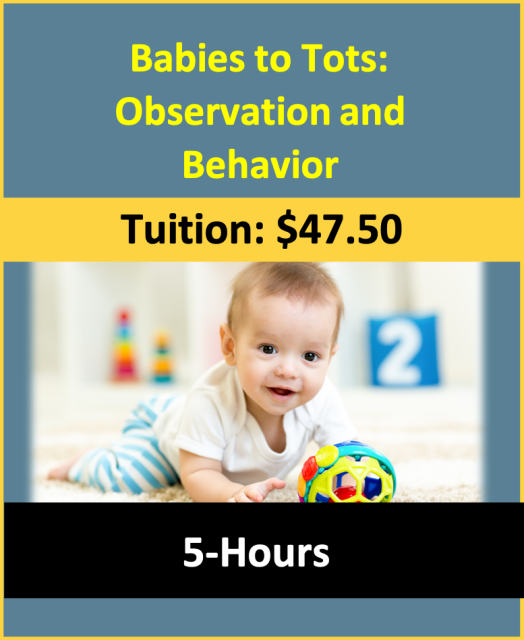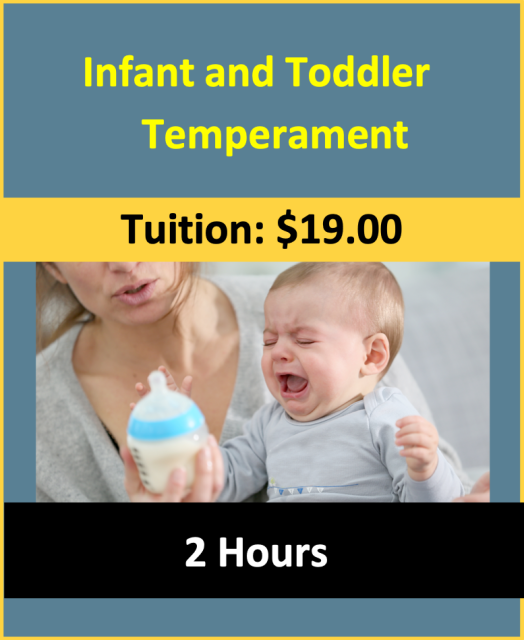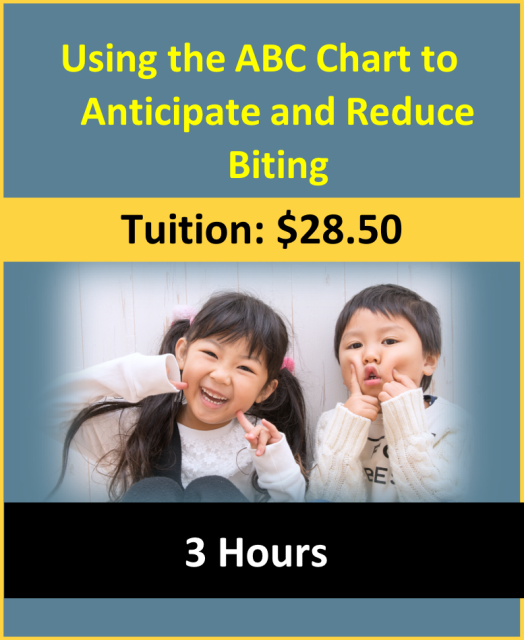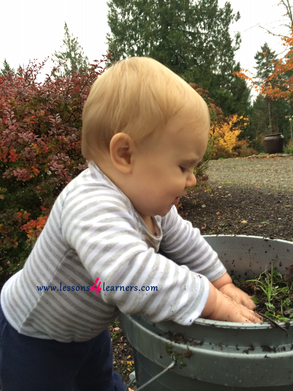Nature Sensory Bag
Lesson Plan:
|
Age Group:
* Lesson plan objective and assessment can be adapted to use this activity with mobile infants, toddlers or preschoolers.
Objectives:
Child will:
II.4.3a
|
|
Click on the photos to enlarge.
|
Materials:
Procedure:
Create the sensory bag by putting hair gel, flowers, leaves, and grass inside the ziplock bag. Seal the bag. Duct tape all sides of the bag to prevent any liquid from spilling out.
Caution:
This sensory bag should be provided with supervision. Do not place the bag in a crib, or playpen. Check the back for tears, or leaks each time before allowing the child to touch the bag. Don't allow the child to bite the bag. Assessment:
|
Note: Please provide appropriate supervision to the children in your care when completing all activities. You will need to decide what types of activities are safe for the children in your care. Appropriate and reasonable caution should be used when providing art and sensory experiences for children. Infants require special caution, only use non-toxic materials, and do not allow infants to put things in their mouths that are a choking hazard.
Click on the course icon for enrollment information.
Language Acquisition Through Sensory Play
Although infants do not have the words to tell about their experiences, sensory play with an accompanying adult can help babies’ language skills grow. While you are assisting infants during a sensory activity, remember to ask questions and use descriptive language when talking with them. By using new vocabulary that relates to the experience, you are helping to create connections in the brain while making the activity meaningful.
